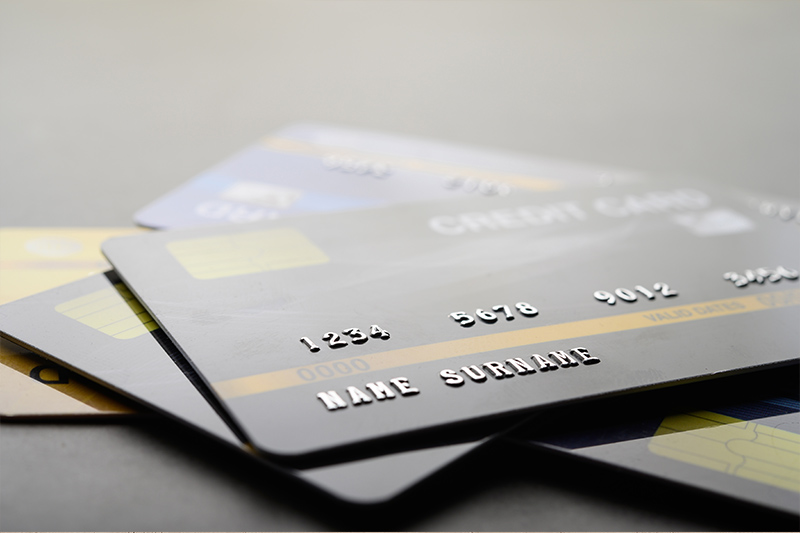
Prox Card Use Cases in Financial Institutions and Banks?
Financial institutions constantly search for ways to deliver secure, seamless, and reliable banking experiences. Customers today expect more than just convenient access; they want confidence that every transaction is safe. In this environment, Prox Card technology has become a practical tool. Once known mostly for access control, Prox Cards now play a central role in banking, especially when designed as payment cards. Their ability to merge security, speed, and flexibility makes them highly valuable in modern financial ecosystems.
Enhanced Security for Transactions
Security remains the top concern for banks. A Prox Card embedded with proximity technology provides strong protection against unauthorized use. Unlike traditional magnetic stripe cards, which are easier to clone, Prox Cards use encrypted communication with readers. This ensures each transaction is validated in real time. Financial institutions benefit because fraud cases decrease, while customers enjoy peace of mind. With rising cyber threats, banks that adopt Prox Card solutions can position themselves as trusted providers of secure financial services.

Faster Customer Experiences
Time matters in customer service, especially inside banks or during high-volume card transactions. Prox Cards allow for quick, contactless interactions, eliminating the delays of PIN entry or swipe errors. A simple tap completes a payment or verifies identity. This efficiency has become even more important as customers expect fast and smooth experiences, both at physical branches and in retail settings. For banks, shorter transaction times mean improved throughput and higher satisfaction ratings. The combination of speed and reliability makes the Prox Card a preferred choice.
Supporting Contactless Payment Growth
The global shift toward contactless payments has created new opportunities for banks to serve their clients better. Prox Cards integrate seamlessly with existing payment terminals, making adoption straightforward for merchants. Customers use them for daily purchases, from coffee shops to transportation systems. Financial institutions benefit because these frequent, low-value transactions increase card usage and strengthen customer loyalty. In markets where mobile payments are still developing, Prox Cards serve as a bridge, helping banks keep pace with consumer expectations.

Improved Access to Banking Services
Beyond retail payments, Prox Cards can streamline processes within the bank itself. For example, VIP clients may use a Prox Card to enter priority service areas or verify identity for high-value transactions. This reduces paperwork and improves security at sensitive points. Banks can also design loyalty programs tied to Prox Card usage, offering rewards that encourage consistent engagement. In this way, the card becomes more than a payment tool—it becomes a gateway to personalized financial services.
Integration with Digital Banking Platforms
Modern customers rarely separate physical and digital banking. They expect both to work together. Prox Cards can be integrated into digital platforms, allowing users to link their cards with mobile banking apps. Customers can track transactions, set spending limits, or receive real-time notifications after each tap. For banks, this integration provides valuable data on customer behavior, enabling tailored services. The combination of a Prox Card with digital banking strengthens the customer relationship and reinforces brand loyalty.

Cost Efficiency for Financial Institutions
Adopting Prox Card technology is not only about customer convenience. It also reduces costs for banks. Contactless systems require less maintenance than magnetic stripe infrastructure. Fraud-related losses also decline because Prox Cards are harder to copy. Over time, this translates into substantial savings, freeing resources for other innovations. Financial institutions gain an operational advantage while still offering high-quality service to customers. Cost efficiency is a major reason why many banks now prioritize Prox Card adoption.
Case Examples from Global Banking
Several banks worldwide already highlight the benefits of Prox Cards. In Europe, contactless Prox Cards have become the default for most debit and credit accounts, with usage exceeding traditional cards. In parts of Asia, banks distribute Prox-enabled cards for public transport payments, doubling as debit cards. These dual-use models increase customer adoption and generate higher transaction volumes. In North America, Prox Cards are being rolled out to replace older swipe cards, with banks reporting lower fraud incidents and higher client satisfaction. Such examples demonstrate the broad adaptability of the technology.
The Expanding Role of Prox Card in Banking
The role of the Prox Card in financial institutions continues to expand. By combining speed, security, and integration, it addresses key challenges in modern banking. Customers benefit from smoother experiences, while banks gain stronger trust and operational efficiency.


